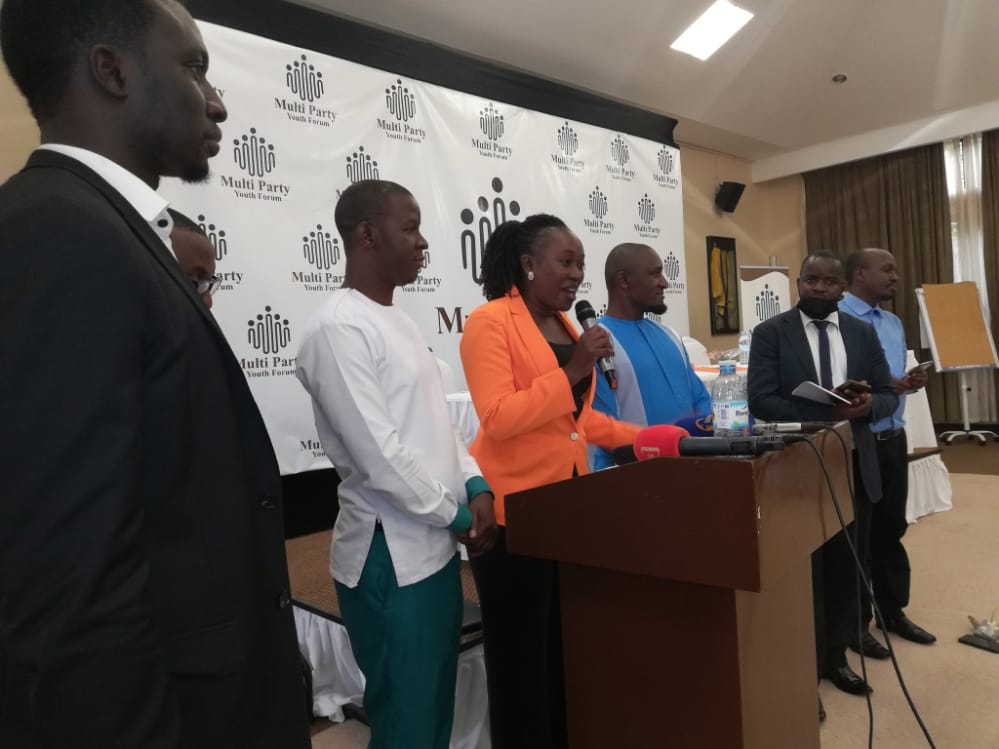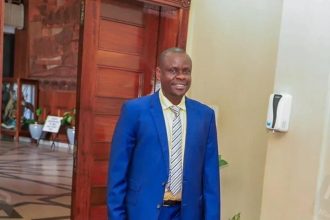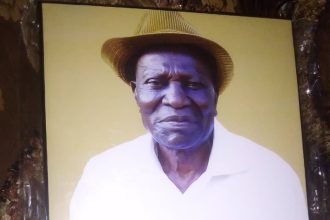Political parties’ national youth leaders, united under the Multi-Party Youth Platform (MYP), have urged the Electoral Commission (EC) to double their parliamentary representation, a request that highlights concerns over the current state of youth representation in Uganda’s political landscape.
MYP leaders propose significant changes, including the scrapping of the position of National Female Youth Member of Parliament, which would be replaced by a more regional approach. They suggest that each region should have two youth representatives, one male and one female, to better cater to the diverse needs and voices of the youth demographic.
The call for increased youth representation stems from a redefinition of the term “youth.” Uganda’s National Youth Policy defines youth as those aged 18 to 30, while the East African Community (EAC) extends the age range to 15 to 35. This discrepancy has implications for the representation of the youth in parliament.
MYP leaders emphasize that these changes would empower the youth within the political landscape by doubling their representation in the House. This expansion would mean that youth representation in parliament would increase from five members to ten.
MYP, hosted by the Netherlands Institute for Multiparty Democracy (NIMD), asserts that any plans to increase the number of Members of Parliament (MPs, popularly known as MPs) should not ignore the youth’s rightful claim to more representation. According to Ismail Kiirya, the chairperson of MYF and the president of Uganda Young Democrats, the EC’s plan to demarcate constituencies and introduce new electoral areas is expected to lead to an increase in the number of MPs. However, not considering the inclusion of more youth MPs in these plans is deemed unfair by the youth leaders.
Kiirya elaborated, “If the goal is to increase the number of MPs, then we, as the youth, also demand an increase in our parliamentary representation.” As it stands, there are currently only five youth MPs, with one representing each of the country’s five regions, and one female MP representing all female youths nationwide.
During their recent meeting at the Sheraton Kampala Hotel, the youth leaders proposed that each region should have two youth MPs, one male and one female, to provide balanced and inclusive representation. They argue that this approach would not only amplify the youth’s voice but also bolster the presence of female MPs in parliament.
In pursuit of their goals, the youth leaders plan to engage with the Minister of Justice and Constitutional Affairs, Norbert Mao, the Electoral Commission, and the Legal and Parliamentary Committee. Their efforts aim to drive legislative changes that would enhance youth participation in the political decision-making process.
The demographic analysis of the 11th Parliament, conducted by Parliament Watch Uganda, revealed that 12.3% of MPs are below the age of 35, while 36.1% fall within the age range of 35 to 45 years. This data underscores the need for broader youth representation and the importance of addressing the demands put forward by the national youth leaders through MYP.




















